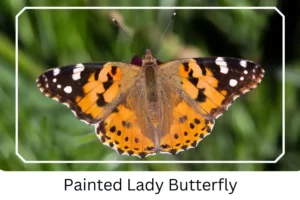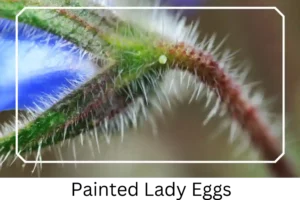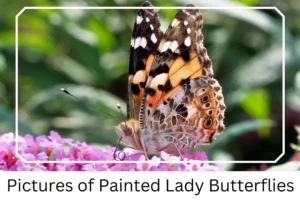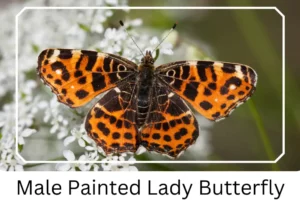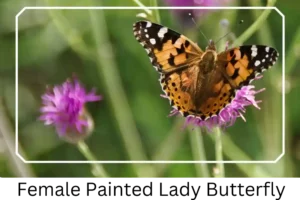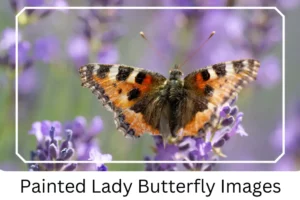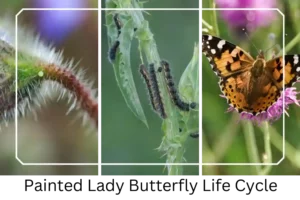Painted Lady (Vanessa cardui)
The Painted Lady butterfly (Vanessa cardui) graces nearly every continent with its vibrant wings and swift flight. Known for its remarkable adaptability and widespread distribution, this butterfly is a subject of fascination for both casual observers and scientists alike. Its presence across diverse habitats underlines its resilience and the vital role it plays in various ecosystems.
Scientific Classification
- Family: Nymphalidae
- Genus: Vanessa
- Scientific Name: Vanessa cardui
Overview
Characterized by its colorful wings and unique life cycle, the Painted Lady butterfly exhibits a wide range of behaviors and adaptations that allow it to thrive in various environments. From the caterpillar stage to its majestic flight as an adult, each phase of its life is a testament to nature’s wonders. This guide delves into the identification, life cycle, and ecological significance of the Painted Lady, providing enthusiasts with comprehensive insights into this captivating species.
Description and Identification
Caterpillar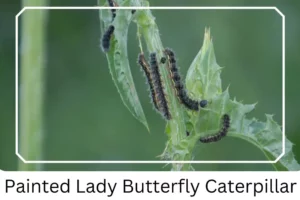
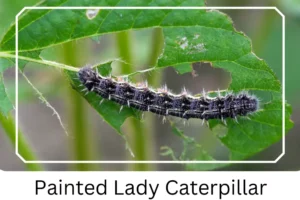
The journey of a Painted Lady butterfly begins with its caterpillar stage, featuring a greyish-brown body that darkens towards the ends. Yellow stripes adorned with spikes and curves run along its back, signaling its species to keen observers.
Pupa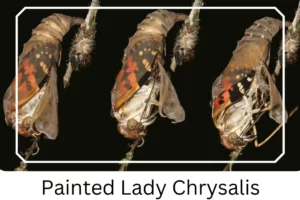
Transitioning into the pupa stage, the Painted Lady chrysalis exhibits a fascinating range of colors from bluish-white and metallic green to brown. This critical stage lasts between 7 and 10 days, culminating in the emergence of the adult butterfly.
Adult Butterfly
Sexual Dimorphism: Present
Color and Appearance: The adult Painted Lady showcases an orangish-brown hue on the upper part of its wings, accented with black patches and white spots. The underside reveals a marbled pattern of gray, black, and brown with four distinctive black spots at the center.
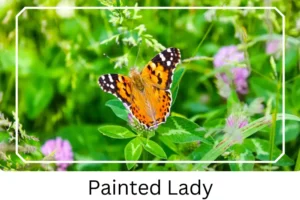
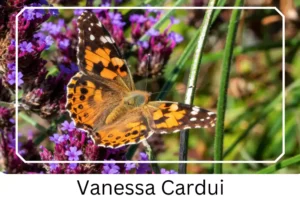 Average Wingspan: Ranging from 5.1 cm to 7.3 cm (2.0 – 2.87 in), the wingspan of the Painted Lady allows for fast and agile flight.
Average Wingspan: Ranging from 5.1 cm to 7.3 cm (2.0 – 2.87 in), the wingspan of the Painted Lady allows for fast and agile flight.
Flight Pattern: Noted for its fast and erratic movement, this butterfly is a marvel in motion.
Quick Facts | |
| Distribution | Found on all continents except Antarctica and South America. Notably present in Australia in areas like Fremantle, Rottnest Island, and Bunbury. |
| Habitat | Prefers open, sunny, and brightly lit areas such as old fields, dunes, and gardens. |
| Lifespan of Adults | Lives for 10-24 days post-pupation. |
| Host Plants | Thrives on Hollyhock, silver brocade Artemisia, and Pearly Everlasting. |
| Adult Diet | Feeds on nectar from thistles, blazing star, cosmos, joe-pye weed, aster, and ironweed. |
How to Identify Painted Lady?
Identifying a Painted Lady butterfly involves observing several key features that distinguish it from other species. Look for its unique wing patterns: the upper side of the wings boasts an orangish-brown color with black patches and white dots, while the underside displays a marbled gray, black, and brown pattern with central black spots. The fast and erratic flight pattern is another giveaway, combined with a wingspan ranging between 5.1 cm to 7.3 cm. Sexual dimorphism is present, but the vibrant colors and patterns are consistent across genders. These characteristics, along with its preference for sunny, open habitats, make the Painted Lady a distinct and recognizable butterfly.
Did You Know?
- The Painted Lady feeds on more than 300 types of host plants, earning it the nickname “Thistle butterfly.”
- It can fly at speeds of about 30 miles per hour, allowing it to migrate approximately 100 miles a day.
- This species is part of one of the most extensive butterfly migrations, crossing continents and showcasing the remarkable endurance of these creatures.
Conclusion
The Painted Lady butterfly is not just a feast for the eyes; it’s a symbol of adaptability and resilience. Its widespread distribution and the ability to thrive in diverse environments make it a fascinating subject for study and admiration. By understanding more about this species, we gain insights into the complexity of ecosystems and the importance of conserving the natural habitats that support such diverse life forms. Whether fluttering in your garden or embarking on epic butterfly migration, the Painted Lady embodies the beauty and mystery of the natural world.

